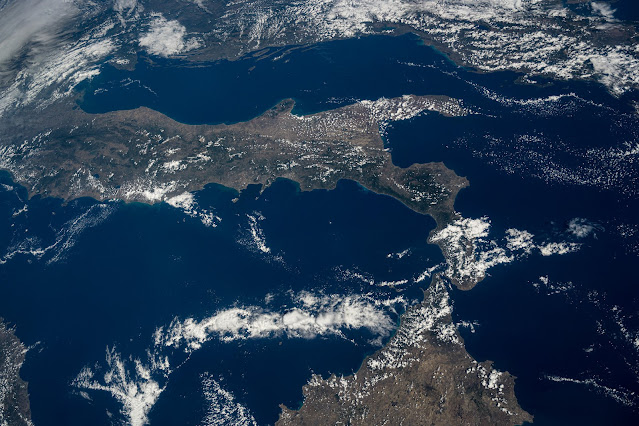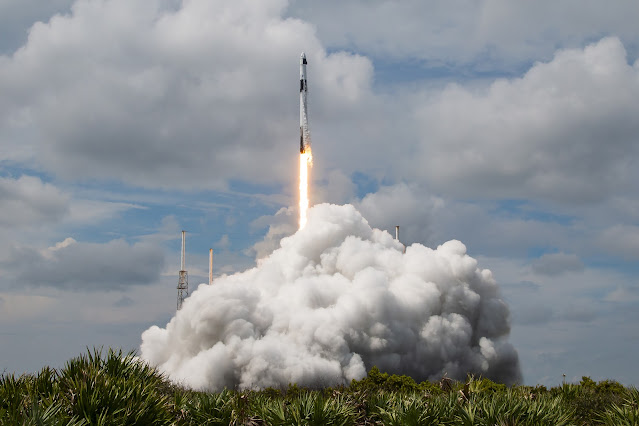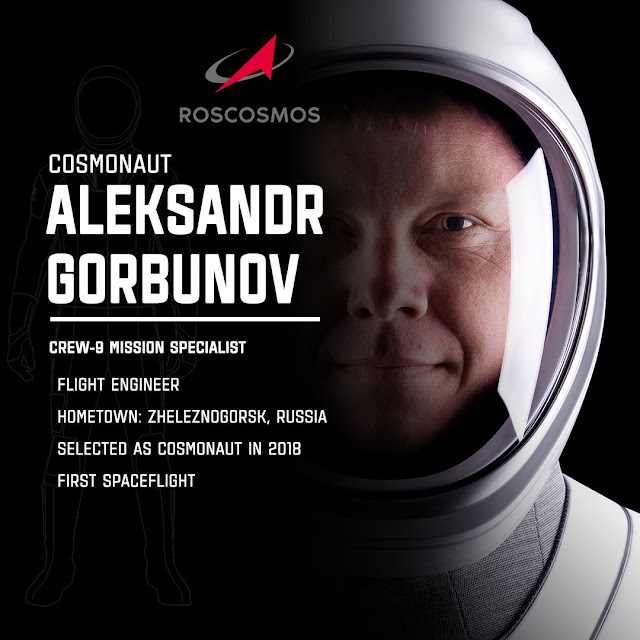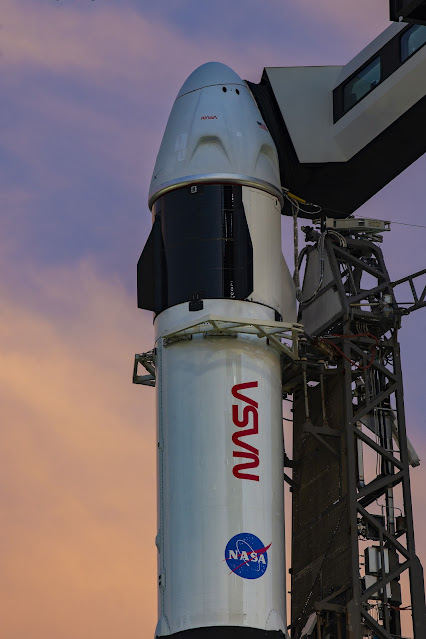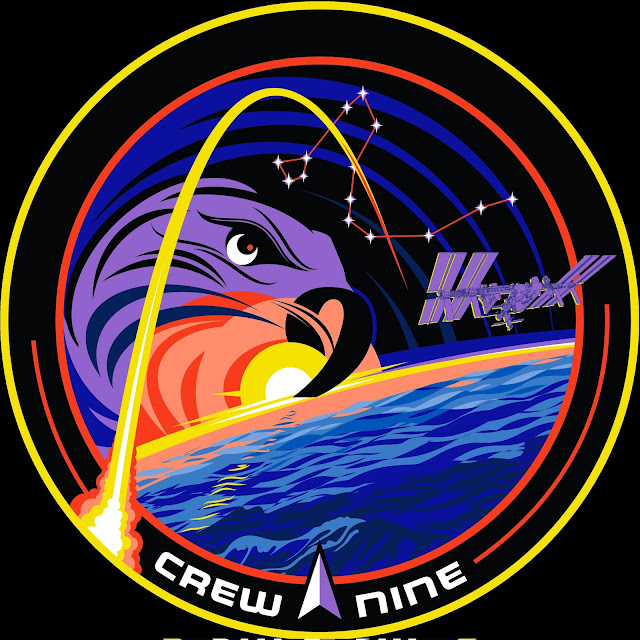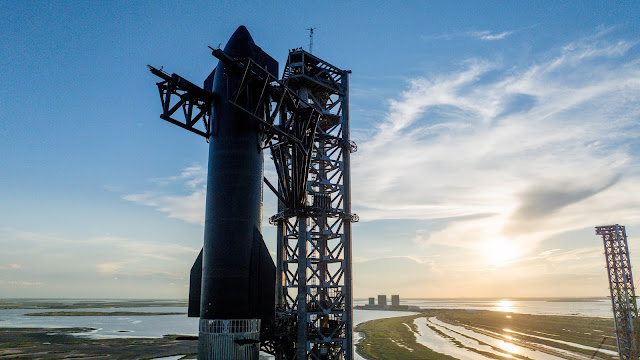Lenticular Galaxy NGC 4694 in Virgo | Hubble Space Telescope
Most galaxies we are familiar with fall into one of two easily-identified types. Spiral galaxies are young and energetic, filled with the gas needed to form new stars and sporting spiral arms hosting hot, bright stars. Elliptical galaxies have a much more pedestrian look, their light coming from a uniform population of older and redder stars. However, other galaxies require in-depth study to understand, such is in the case of NGC 4694—a galaxy located 54 million light-years from Earth in the Virgo galaxy cluster. NGC 4694 is a lenticular galaxy. It shares features of spiral and elliptical galaxies.
NGC 4694 has a smooth-looking, armless disc that—like an elliptical galaxy—is nearly devoid of star formation. However, its stellar population is still relatively young and new stars are still actively forming in its core, powering the brightness we can see in this image and giving it a markedly different stellar profile from that of a classic elliptical galaxy. The galaxy is also suffused by the kinds of gas and dust normally seen in a young and sprightly spiral; elliptical galaxies often do host significant quantities of dust, but not the gas needed to form new stars. NGC 4694 is surrounded by a huge cloud of invisible hydrogen gas, fuel for star formation. This stellar activity is the reason for Hubble’s observations here.
As this Hubble image shows, the dust in this galaxy forms chaotic structures that indicate a kind of disturbance. It turns out that the cloud of hydrogen gas around NGC 4694 forms a long bridge to a nearby, faint dwarf galaxy named VCC 2062. The two galaxies have undergone a violent collision, and the larger NGC 4694 is accreting gas from the smaller galaxy. Based on its peculiar shape and its star-forming activity, NGC 4694 has been classified as a lenticular galaxy: lacking the unmistakable arms of a spiral, but not so bereft of gas as an elliptical galaxy, and still with a galactic bulge and disc.
Image Description: An oval-shaped galaxy seen tilted at an angle. It glows brightly at its central point with the radiated light dimming out to the edge of the oval. Reddish-brown, patchy dust spreads out from the core and covers much of the galaxy’s top half, as well as the outer edge, obscuring part of its light. Stars can be seen around and in front of the galaxy.
Credit: ESA/Hubble & NASA, D. Thilker
Release Date: Sept. 30, 2024
#NASA #Hubble #Astronomy #Space #Science #Galaxies #Galaxy #NGC4694 #LenticularGalaxy #VCC2062 #DwarfGalaxy #Virgo #Constellation #Cosmos #Universe #HubbleSpaceTelescope #HST #ESA #Europe #GSFC #STScI #UnitedStates #STEM #Education

RD-NASA-JSC.jfif)



